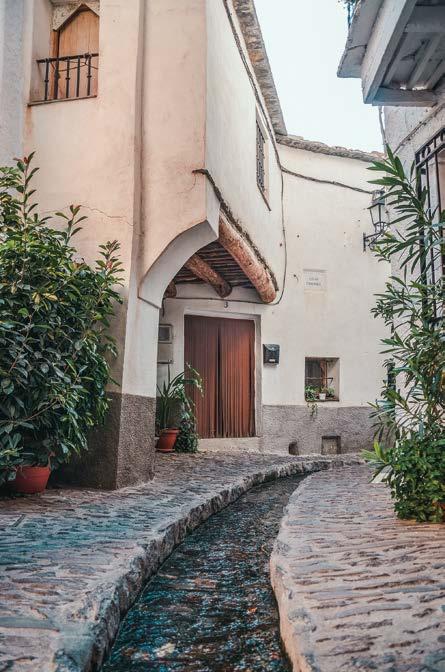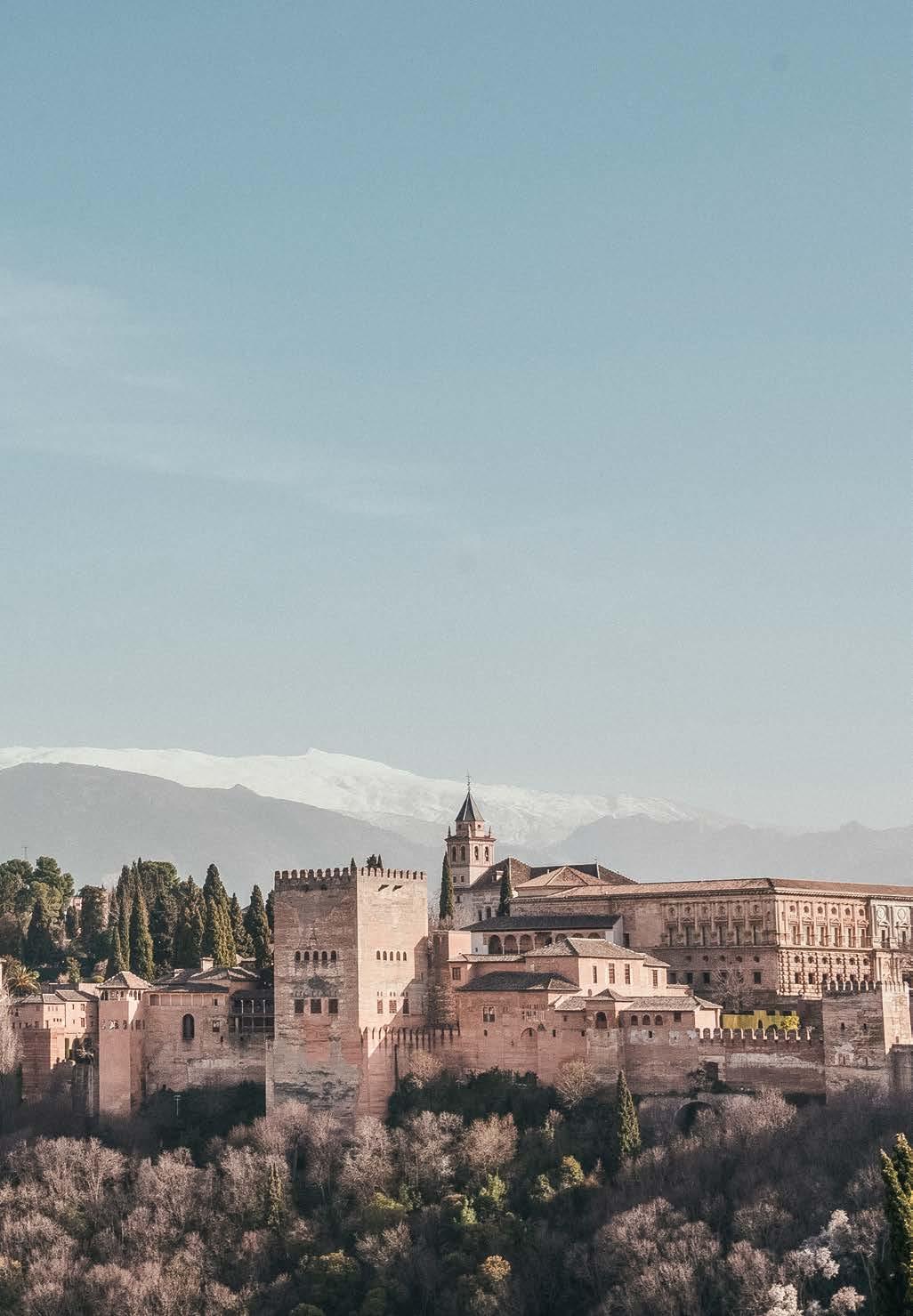
3 minute read
GRANADA, A PLACE NOT TO BE MISSED
«Cry like a woman for what you couldn’t defend like a man» is one of the most famous phrases about Granada. It was allegedly said by the mother of Muslim king Boabdil to her son when he gave up the keys of the city to Spain’s Catholic Monarchs. Words which many historians now say were never uttered but which are nonetheless associated with the then Nasrid territory.
Leaving history and times long past behind, many still shed a tear on leaving Granada. It leaves its mark on you whether you have been there a long time or just a few days.
Advertisement
With good reason. Look up from many parts of the city and you will be amazed by the Alhambra. This majestic palace dating back to Muslim times is one of Spain’s most visited monuments and narrowly missed out on being designated one of the seven new wonders of the world.
Walking down from the Alhambra you come to the Paseo de los Tristes (Promenade of the Sad). Standing alongside the River Darro, this is one of the city’s iconic spots, from where you can contemplate the illuminated Alhambra and enjoy a pleasant stroll.
-
A walk through the Albayzín and Sacromonte quarters is equally lovely. The viewpoints in the former allow you to contemplate every part of Granada and on its cobbled streets you can see the skyline, sunsets, the snow-capped peaks of Sierra Nevada, the entire region of La Vega and endless beautiful sights.
In Sacromonte you can visit the famous cave houses. Entire families live in the hillside and parade their flamenco art throughout the city. Authentic flamenco taverns, bars and restaurants, including one venue where Lola Flores, better known as La Faraona, once performed.
You can finish your stroll at Sacromonte Abbey or at the small church of San
Miguel Alto, from where you can take in the magical atmosphere of the entire city.
Heading back down, there are delightful spots in the flat part of the former Kingdom of Granada. Nestled among the city centre’s streets, the cathedral is stunning inside as well as outside, and you can also admire the wonders of buildings as the Royal Chapel, the Cartuja and San Jerónimo monasteries, and the basilica of San Juan de Dios.
Special mention should be made of Granada’s people and the city’s tasty tapas. Many are simply stunned when they are offered a tapa with their drink at no extra charge. The custom surprises locals and visitors alike and makes eating out in the city’s establishments very worthwhile. Another aspect deserving of mention is the well-known malafollá, a local trait that can make people from Granada come across as somewhat brusque or rude until, reading between the lines, you realise they are just trying to make you feel at home. Fans of the Islamic world will simply love the city’s Arab-flavoured streets and can enjoy the zouk in the Alcaicería and the streets lined with tea shops. Even though the Moors left the city in 1492, their influence is still seen in Granada to this day.
Sierra Nevada
Snow. It is impossible not to see it no matter where you are in the province. Thousands of tourists ski on the white slopes of Sierra Nevada under the watchful gaze of the Veleta and Mulhacén mountains, peaks climbed by equally large numbers of visitors who can even spend the night in the shelters and witness one of the world’s most spectacular sunrises.
Throughout the year in Pradollano, you can stay overnight, mingle with and enjoy the company of like-minded people.
Granada
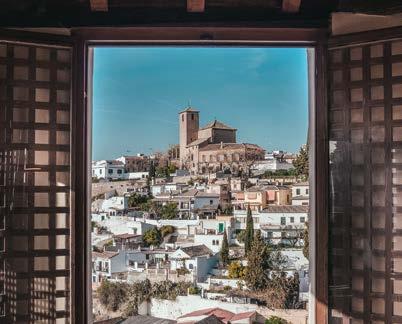
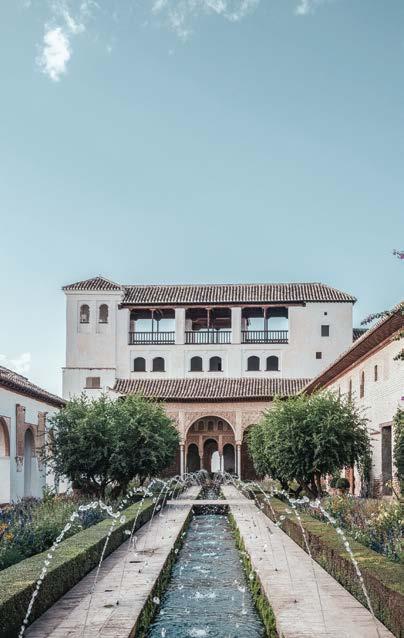
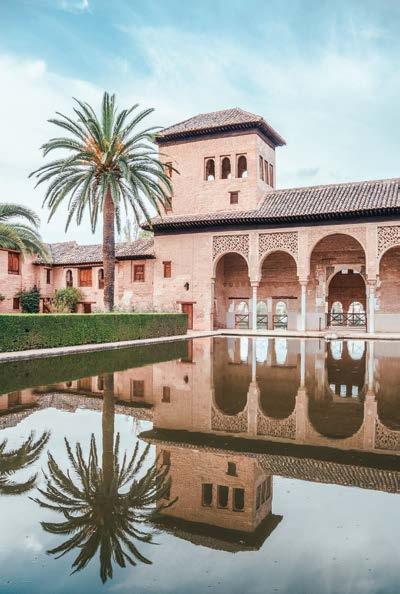
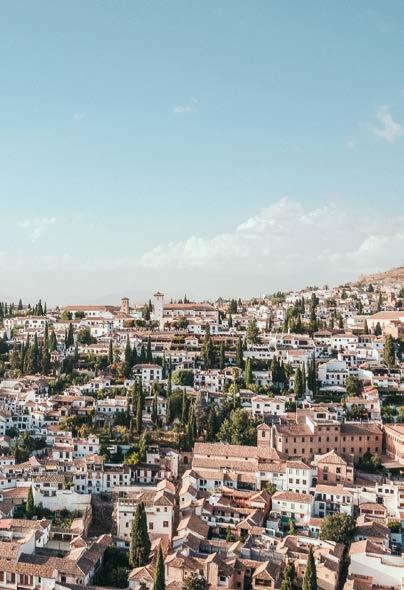
From 12,000 points one-way or earn up to 1,200 points one-way.
For terms and conditions, see bintermas.com Ask our cabin crew for a leaflet or register with bintermas.com and start earning on your Binter flights and with more than 30 programme partners.
Heading around the snow-capped mountains, you come to one of the most idiosyncratic parts of Spain, which includes Galician names such as Pampaneira and Capileira. Many people hid out in these areas in times of war and down the years various locations that have emerged here have been voted among Spain’s most beautiful villages.
What’s more, outsiders used to be viewed as witches in some parts. Indeed, Soportújar has become well known for this association, decorating its streets with monsters and magical characters straight out of storybooks, and creating the legend that its streets were home to witches’ covens.
